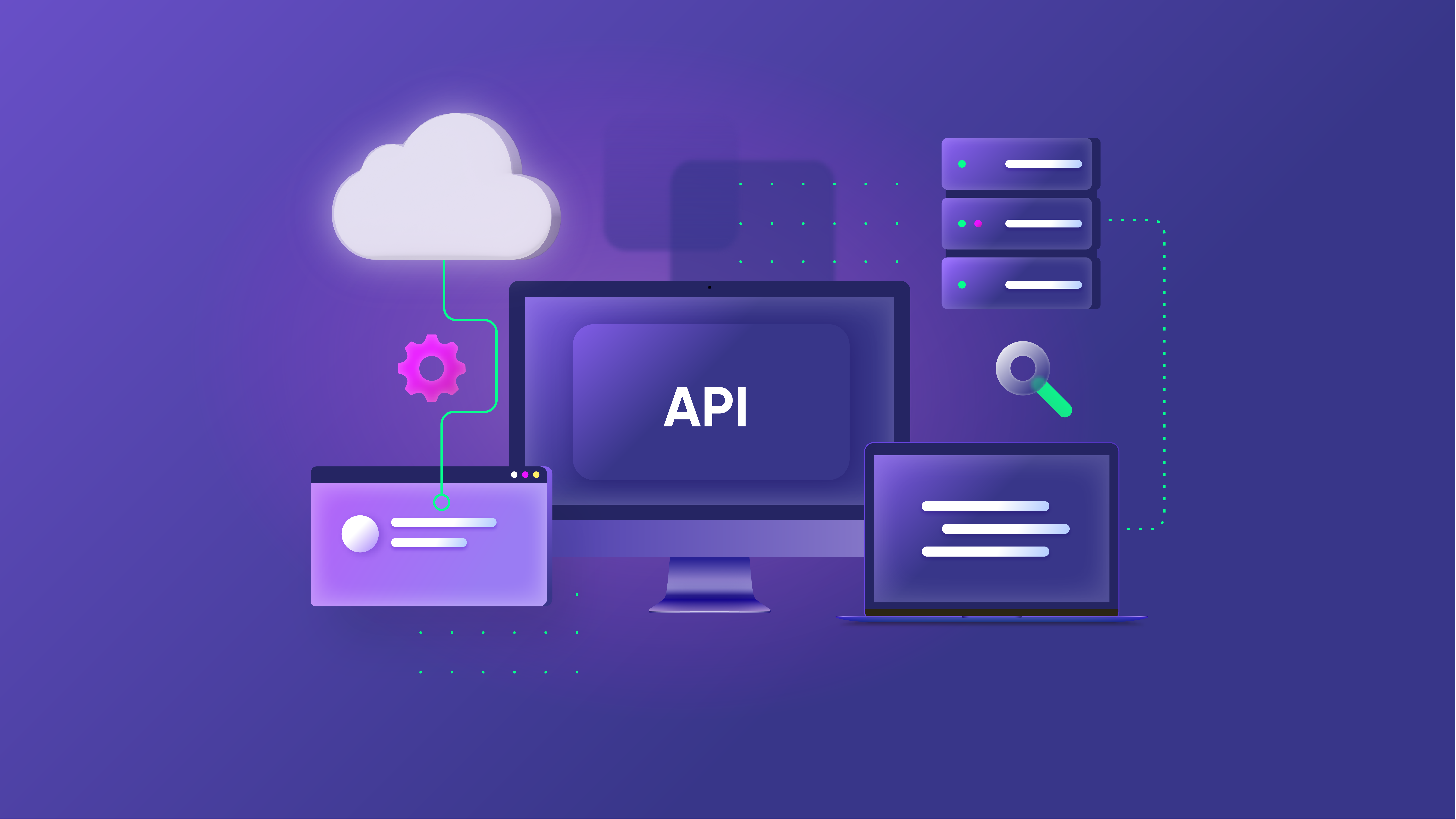Buzz Haven: Your Daily Dose of News
Stay informed and entertained with the latest buzz in news, trends, and insights.
Connecting the Dots: API Integration Made Simple
Unlock seamless API integration with our expert tips and tricks. Discover how to connect the dots and simplify your tech journey today!
Understanding API Integration: A Beginner's Guide
API integration is a fundamental concept in modern software development that enables different applications to communicate and share data seamlessly. At its core, an API (Application Programming Interface) acts as a bridge, allowing developers to utilize functionalities from other services without needing to understand their internal workings. This can enhance the capabilities of an application, simplify workflows, and promote innovation by leveraging existing technologies. For beginners, grasping the basics of API integration involves understanding how APIs are defined, the various types of APIs (such as REST, SOAP, and GraphQL), and the standard protocols that govern their usage.
One of the primary benefits of API integration is the ability to automate tasks and streamline processes. For instance, businesses can integrate APIs to enable real-time data transfer between their platforms, leading to improved efficiency and reduced manual errors. To get started with API integration, newcomers should follow these steps:
- Identify the APIs relevant to your project.
- Obtain API keys or credentials for access.
- Familiarize yourself with the API documentation.
- Write code to send requests and handle responses.

The Benefits of Seamless API Connections for Your Business
Seamless API connections play a crucial role in modern business operations by enhancing data exchange between different software applications. With streamlined communication, businesses can automate repetitive tasks, reduce manual entry errors, and improve operational efficiency. By integrating various platforms through APIs, organizations can ensure that data flows smoothly and efficiently between systems, allowing for real-time updates and insights. This seamless integration not only saves time but also enables companies to respond quickly to market changes and customer needs.
Moreover, seamless API connections foster innovation by allowing businesses to leverage third-party services and tools without the hassle of extensive integration processes. For example, companies can easily incorporate advanced analytics, payment processing, or customer relationship management (CRM) systems into their workflows. This flexibility enables organizations to focus on their core competencies while enhancing their service offerings. Ultimately, adopting a robust API strategy can lead to improved customer satisfaction, increased productivity, and a stronger competitive edge in the market.
Common API Integration Challenges and How to Overcome Them
When integrating APIs, developers often encounter a variety of challenges that can hinder the overall effectiveness of the integration process. Some of the common API integration challenges include inconsistent documentation, which can lead to confusion and miscommunication among team members. Additionally, issues such as authentication errors and rate limiting can cause significant delays. To tackle these challenges, it is essential to establish clear guidelines and to ensure that all team members are on the same page regarding the API's expected behavior.
Moreover, data format discrepancies and version control problems are frequent hurdles in API integrations. These issues often arise when different systems use incompatible data formats, making it difficult to transfer information seamlessly. To overcome these obstacles, developers should implement robust error handling mechanisms and make good use of API gateways to facilitate communication between systems. By proactively addressing these integration challenges, teams can ensure a smoother integration process and enhance the overall functionality of their applications.